-
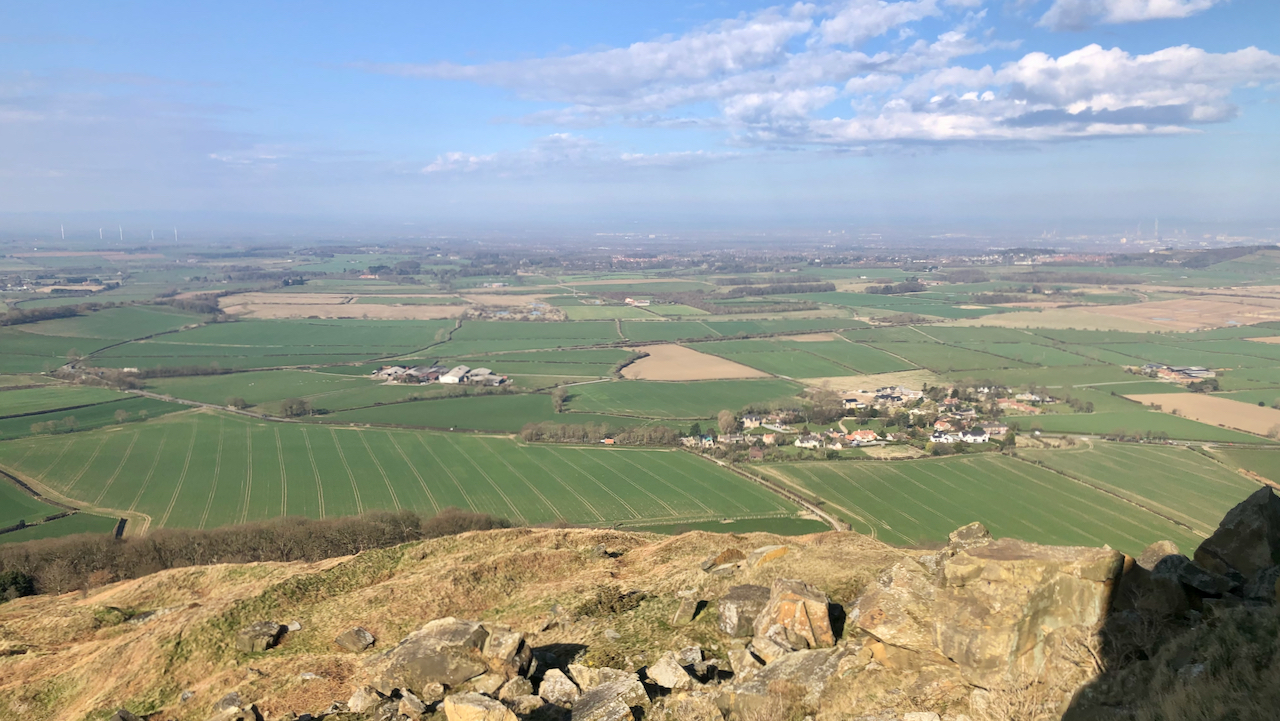
Newton-under-Roseberry
Otherwise known as Newton-in-Cleveland. The base camp for any ascent of Roseberry Topping. The renown local historian John Walker Ord, writing in 1846, described Newton as “a small, dirty, insignificant village, consisting of a few small huts, without any pretensions to beauty or order whatever”. Twelve years later, Walter White (an early tourist from Berkshire)…
-

“Baa, Baa, Black Sheep!”
Ah, warm sunshine and lambs gambolling in the fields. A sure sign that Spring is here. Everyone knows the nursery rhyme. Once said to have been a proletarian cry in the Middle Ages because the tremendous demand for wool meant that farming land had been turned into pasture for sheep. Thousands of farmhands were thrown…
-
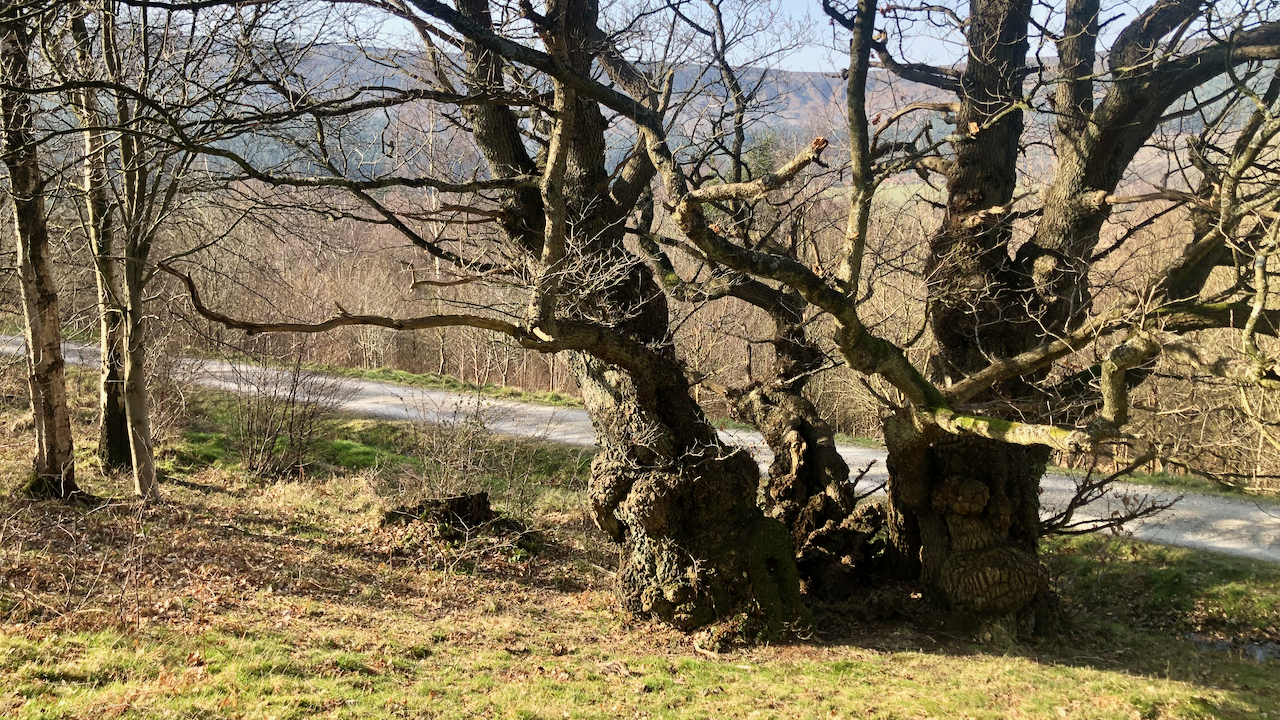
The Three Witches Oak
Since my last visit, this veteran oak has acquired a new epithet: ‘The Three Witches Oak‘ — from a story in J.J. Hutton’s ‘Murder, Mysteries and Tales of the Supernatural in the North Riding of Yorkshire‘. It’s the tale of three witches, Auld Nan Scaife o’ Spaunton Moor, Auld Nan Anne Pierson of Westerdale, and…
-
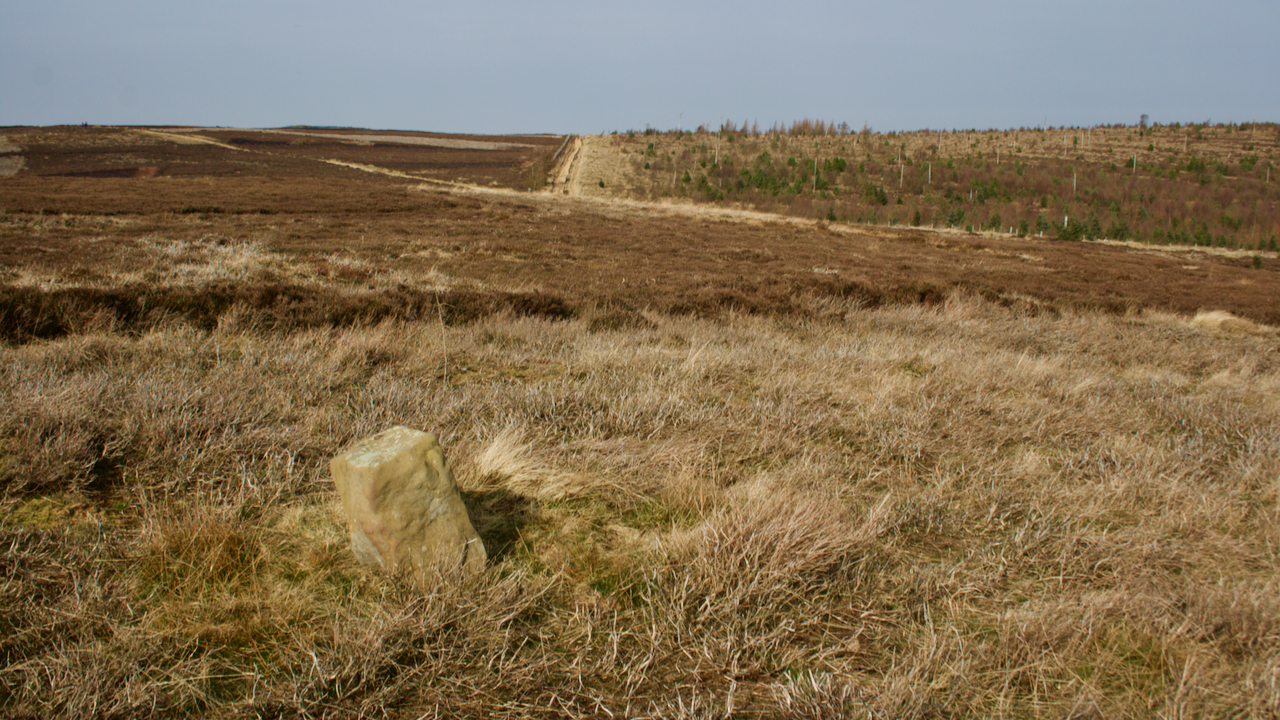
Side-tracked by the Trans-Atlantic Slave Trade
I am slowly getting around every boundary stone on these northern moors. This one is inscribed “RY 1752”, identical to the stone 600m or so to the south west. Ralph Yoward must have had a bulk buy. 1752 — George II was on the throne; the 11 days between 3rd and 13th September inclusive were…
-
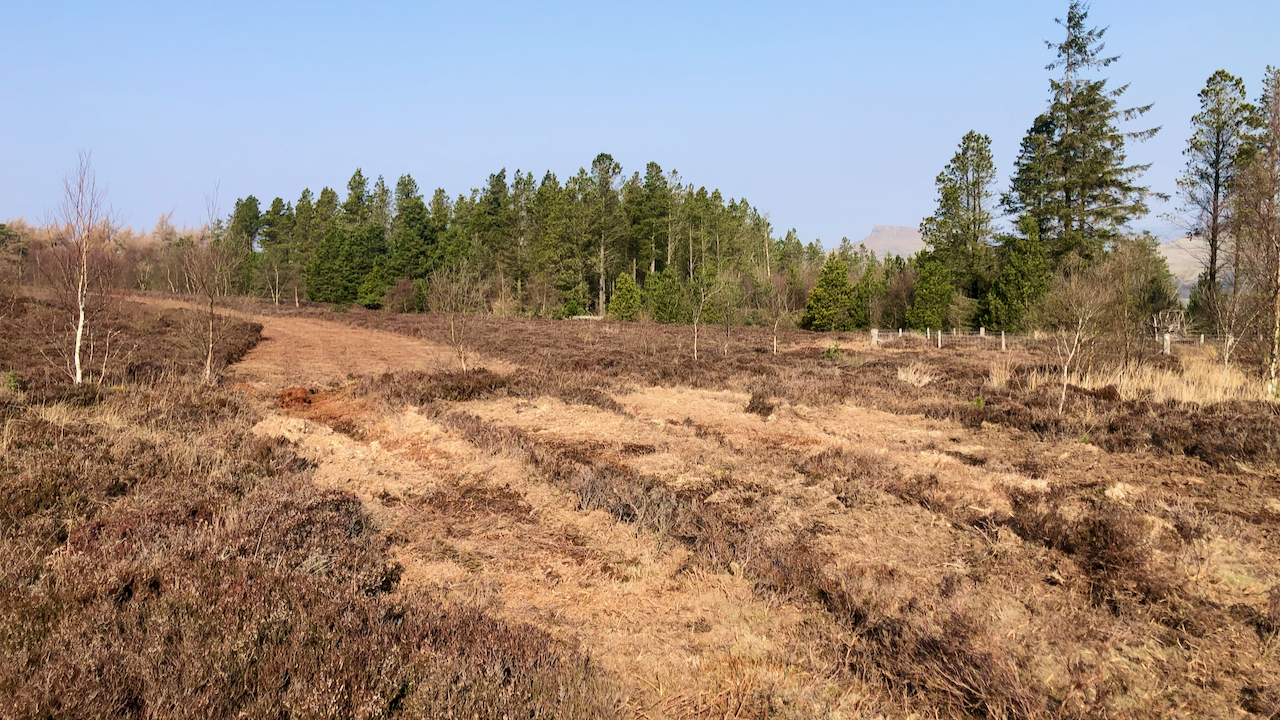
It can be done …
The relatively small patch of heather moorland around Captain Cook’s Monument has recently been strip mowed. This photo is technically of a strip on Little Ayton Moor, north of the parish boundary wall, but the area surrounding the monument, Easby Moor, also has at least two parallel strips. The moors are technically dry upland heath,…
-
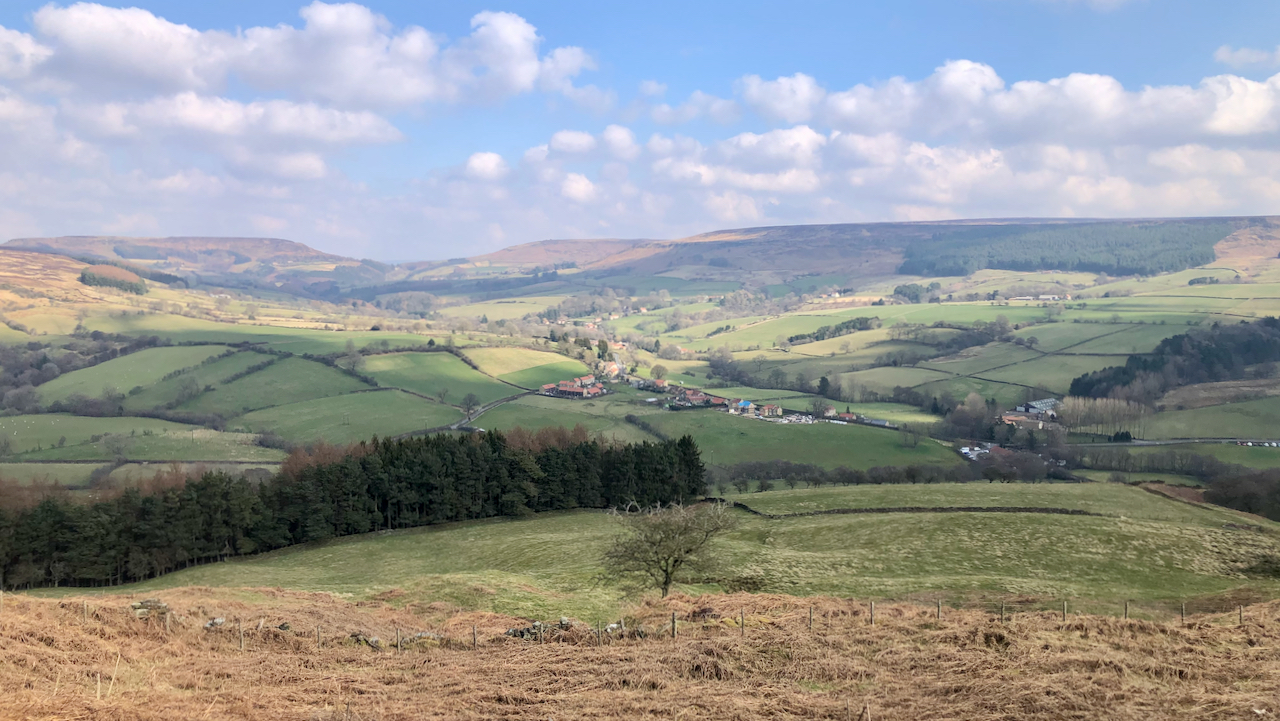
Joan Hutton-Wilson Memorial
I’ve come across this memorial before, in a bracken infested copse just off the steep Trenet Bank out of Bilsdale. I was almost surprised to find it: 1968 Joan Hutton-Wilson who loved Bilsdale Not that I thought it would have disappeared. The main photo is the view from the memorial. Chop Gate is centre, the…
-
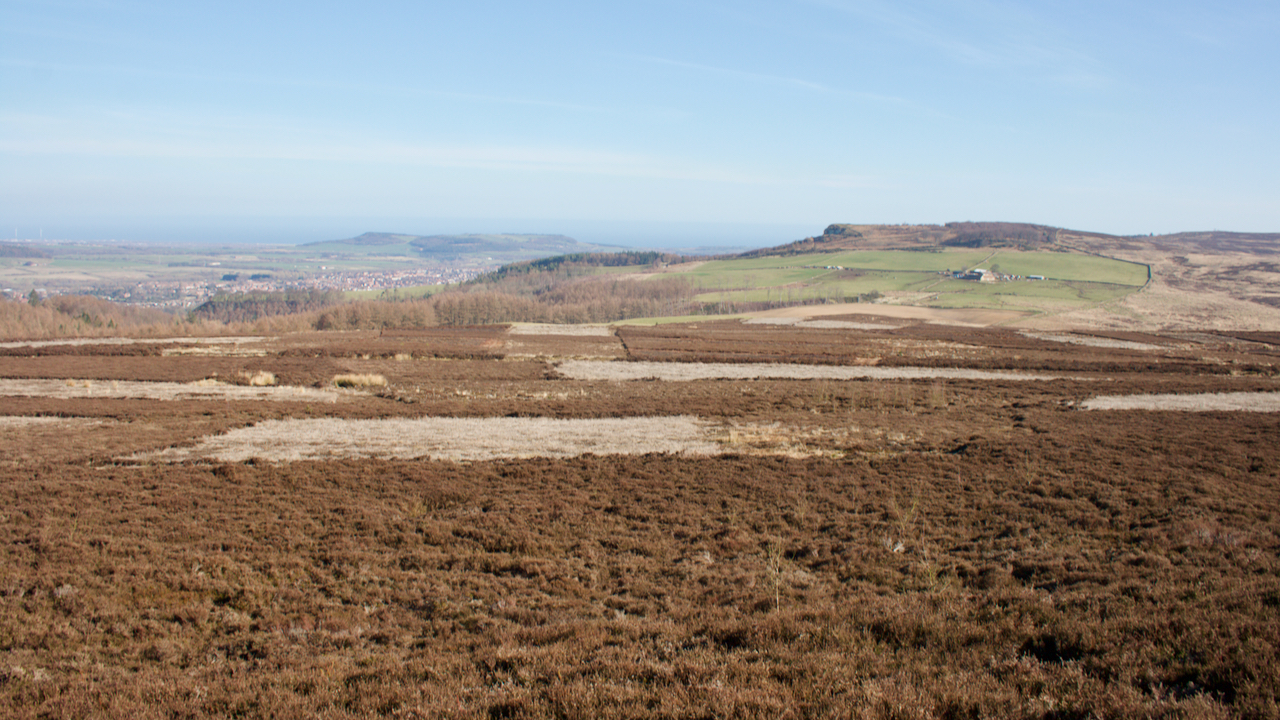
The House of Lords is “useless and dangerous to the people of England”
The House of Commons so declared on this day, 19th March, in 1649, when the House of Lords was abolished. In January of that year, Charles I had been executed and Oliver Cromwell, ‘Lord Protector‘ dominated the Government. The House of Lords was reduced to a largely redundant body having no powers and was abolished…
-
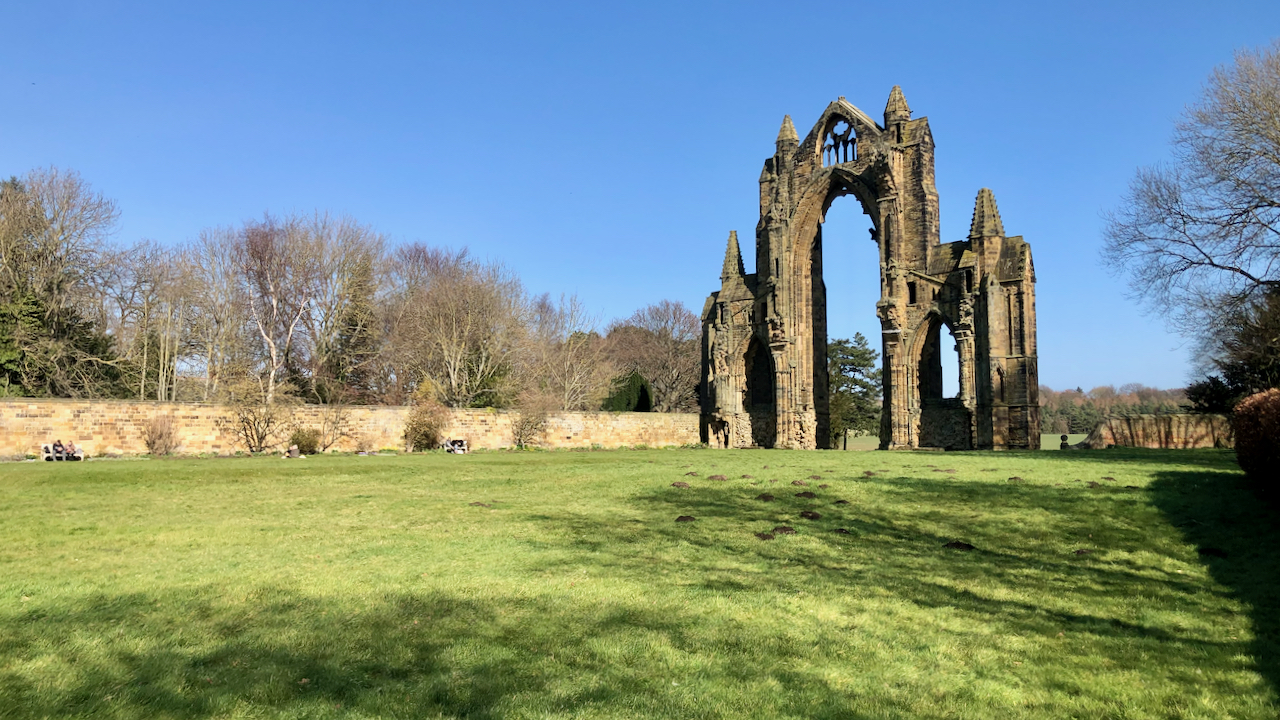
Gisborough Priory
Called in at Gisborough Priory to look at the ruins that are dominated by the iconic east window. It took a while to frame this view, the grounds were swarming with students from the sixth-form college. It was good to see so many young people relaxing and enjoying their surroundings. But I wonder if those…
-

Low Staindale
A delightful former farm-house situated in Staindale in the parish of Lockton. The farmstead is shown on the Thomas Jefferies map of 1775 and it is believed the farmhouse certainly dates from that time with later alterations and extensions. The house itself is Grade II listed but two of the outbuildings are also of historical…
-
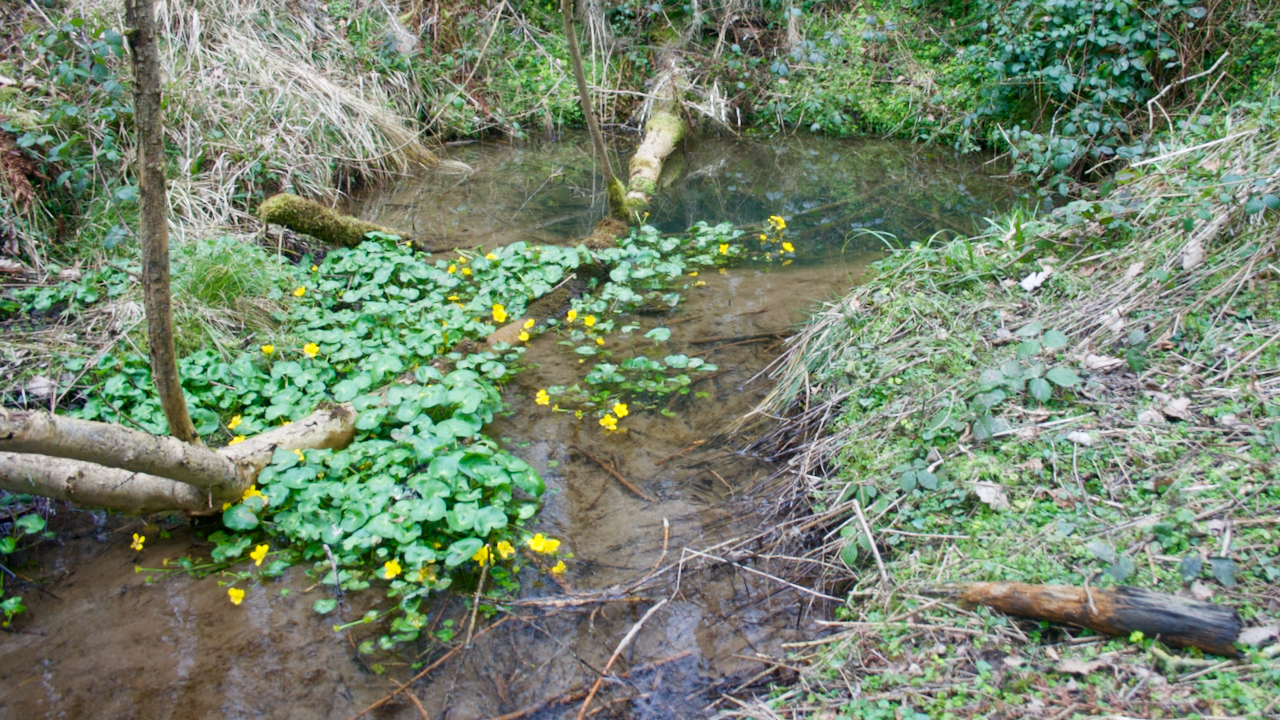
The Marsh-marigold (Caltha palustris)
A murky morning so my eyes were drawn closer to earth seeking for signs of the vernal awakening. This spring, in the old Slack’s Quarry, seems to be a favourite spot for the marsh marigold, its vivid yellow flowers already in bloom. Wikipedia says it should flower between April and August, but I suspect the…
Care to comment?